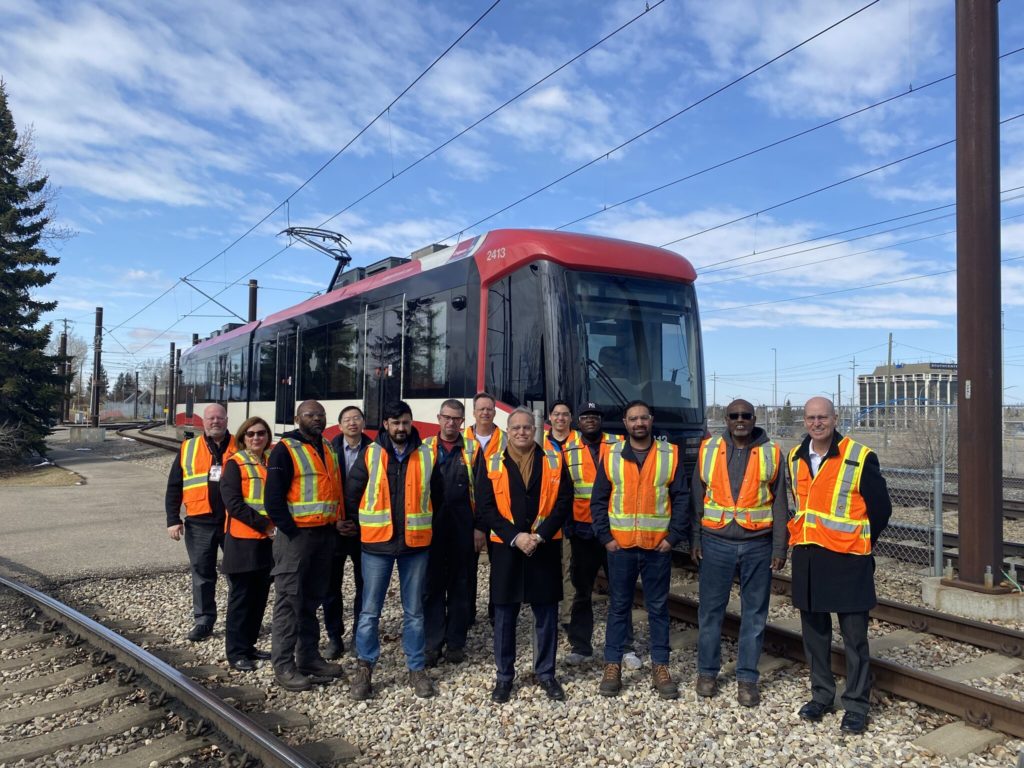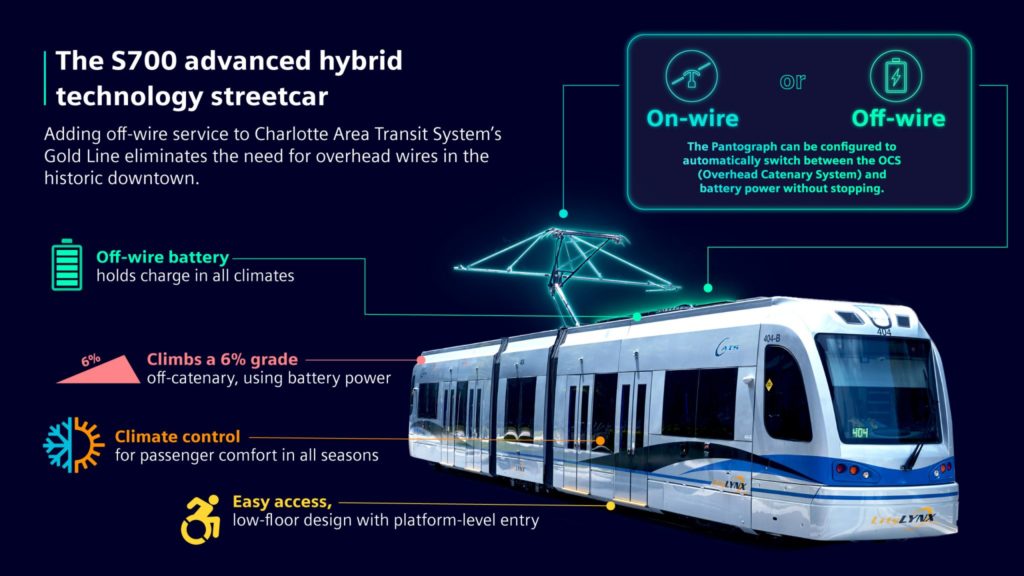Associate Member Profile: Siemens Mobility Limited
Posted onRail innovation involves safety, sustainability, and technological efficiency. When it comes to passenger rail, it also involves particular emphasis on the digitalization of rolling stock and communications systems, customers’ on-board experience, and aesthetics (in urban centres especially).
Global companies like RAC associate member Siemens Mobility Limited. are investing in Canada in hopes of shaping the future of passenger rail within and between our cities. It’s why Siemens Mobility turned to Yves Desjardins-Siciliano, the former president and CEO of VIA Rail, to grow its Canadian presence.
We spoke to Desjardins-Siciliano recently about innovations underway now that will shape how Canadians ride the rails for generations to come.

How are you finding the shift from running a rail operator to being a rail system provider?
I started my career at IBM and Bell. So, the sale and manufacturing of digital product is familiar. And that’s what Siemens Mobility is doing right now. This year, Siemens will celebrate 110 years in Canada. We’re a technology company and we’re at the forefront of development for transportation digitization. That’s really the future of passenger rail. I believe, within my lifetime, people will be able to order service, predict and forecast service…from their phones…the same way you can do now in traffic. There will be enhanced transportation options. So, it’s familiar and exciting all at once.
How does Canada compare with other countries when it comes to rail innovation?
All over the world, rail innovation is about trying to change the way people move. It’s exciting and we’re investing in Canada because we see the potential here.
All levels of government are investing in infrastructure to restart the economy. Canada’s demographics, including immigration and urban concentrations, are positives. However, Canada’s passenger rail system was built for freight. It’s prime for modernization. We recognize that. We’re investing for that.
Siemens Mobility has been building light rail vehicles for Canada (Edmonton, Calgary) for 40 years. Cities including Ottawa, Toronto, and others in Quebec, Alberta and British Columbia are modernizing and expanding their rail-based transportation right now.
Making passenger trains faster and more comfortable intra-city and inter-city is key. It’s at the forefront of our investments in hard and soft assets: communications, safety, reliability, and user interfaces – underground, over-ground, and above ground.

Canada has some built-in barriers to passenger rail take-up compared to other places: clustered, smaller populations, large landmasses, climate/weather challenges, etc. How do we overcome those in your view?
Two ways: Dedicated lines in high-density urban areas and city pairs for development.
Converting Ottawa’s bus rapid transit way to dedicated rail is a good example. Dedicated routes are always the most efficient way to move large numbers of people. Buses replaced trolleys. Now Ottawa is going back to the future and reverting to rail because it can carry even more people and is better for the environment.
As for intercity pairings, consider this: Toronto and Montréal are about the same distance as Rome and Milan and have similar metro populations. There are currently, six trains a day on that route. At last count, TrenItalia had 40 trains per day on its route. Just 10-12 of those are highspeed because most riders travel less than 200km and there are stops every 50-75 kilometres. Here, you put stops every 100km on a dedicated, high-frequency rail and over time build the case for service, convenience/speed, safety, and reliability.
That takes patience; in Europe, the first high-speed rail trains were introduced 100 years after passenger rail’s debut. Ridership is also helped by policy. A lot of EU govts are prohibiting flying permits between city pairings to avoid climate impacts.
There is demand for safe, affordable, frequent, efficient, and reliable transportation options. As we modernize – especially in our most densely populated areas – we need dedicated lines, fewer surface crossings, and increased speeds.
I understand you were at the Union of Quebec Municipalities’ Annual Conference recently showcasing wired-to-off-wire streetcars. What was your message there?
It’s become a branding exercise for cities to have efficient effective transportation system. So, it’s time to modernize to meet two challenges cities face: electrifying to reduce transportation’s carbon footprint while preserving landscapes.
I shared Charlotte, North Carolina’s system as an example. It’s overheard catenary in some areas, but trains run on battery in parts of town with historically valuable landscapes to preserve sightlines and quality of life.
Over time, hydrogen powered fuel cells will come to the fore especially in urban areas; Ballard Systems in BC is our partner here to do that. Similar powered fuel cells will be used in the future in Germany’s rail network.
But technology is leading to all sorts of exciting options that for intra- and inter-city rail. And cities are paying attention.
How do private sector and governments at all levels need to come together to support innovation going forward and to help knowledge transfer happen more assuredly and expeditiously?
This is the huge modernization opportunity.
The way governments can make this happen is investing and giving those projects to the private sector to design, build, finance, run/maintain… That way you force private-sector, world-class companies to invest in Canada.
A train is a small piece of the overall business of passenger rail. Building the business out is billions of dollars. Equipment is usually less than 10 per cent of the total project cost. So, supply the infrastructure funding and 30-, 40-, 50- year concessions to run…that’s where the big money goes. It’s important that companies like ours compete and then design for current and future technologies.
City residents benefit when good competitive bidding processes produce cost-effective, forward looking, and unified systems that meet riders’ needs now and into the future. That evolution is happening in Canada, and it can help attract private capital for public good.